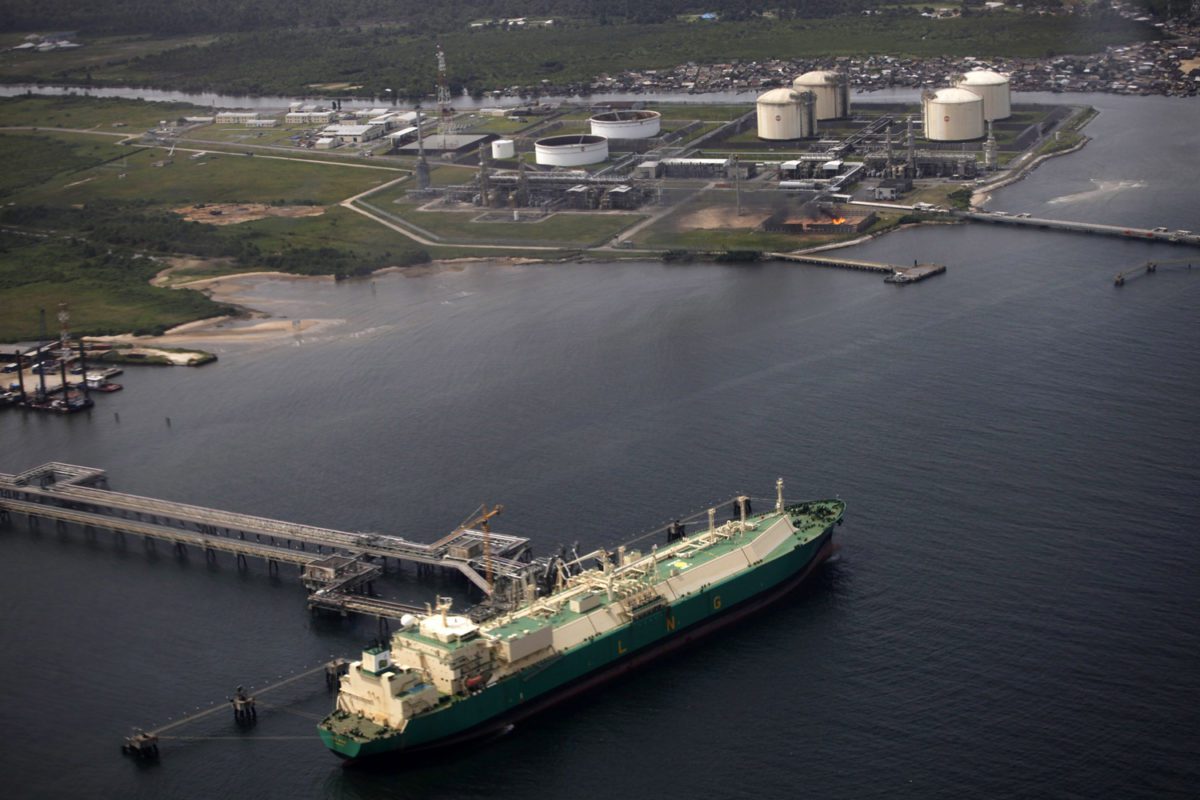Nigeria Turns To Tiny Tankers To Replace Big Broken Oil Pipeline
Nigeria is turning to a fleet of tiny river-going tankers to boost its oil production because one of its key oil pipelines has been broken for months.
Africa’s top producer, racing to lift output before OPEC decides new oil-production quotas, has started using the tiny vessels to get a new grade of oil, Nembe Creek, up the Niger river delta and onto an ocean-going ship that’s stationed off the nation’s coast.
The same oil previously went by the Nembe Creek trunk pipeline to the Bonny terminal, which is operated by Shell Plc.
That conduit, operated by Aiteo Group and previously running at about 150,000 barrels a day, hasn’t sent oil to Bonny since Feb. 2022, according to people with knowledge of the matter. Bonny is also fed by another pipeline and that flow continues.
While the rerouting reduces overall shipments from Bonny, it should have no effect on Shell’s share of Nigerian oil. Shell sold the pipeline to Aiteo in 2015.
The new logistics setup uses a floating storage offloading vessel called Galilean 7, which is anchored near the Brass terminal, according to a terminal information sheet seen by Bloomberg.
Shuttling Nembe Creek oil, which is owned by Nigeria and Aiteo, is a significantly more expensive method than by pipeline.
The river’s depth limits the size of the ships that can sail up it, meaning about 24 individual deliveries are needed in order to get enough oil to fill a standard ocean going ship.
A Shell spokesman declined to comment. Aiteo and NNPC didn’t immediately respond to requests for comment.
A 1-million barrel Suezmax tanker Maran Orpheus lifted the first cargo of the new grade from Nembe Creek terminal on Oct. 10, tanker tracking data compiled by Bloomberg show.
Nigeria is scheduled to load approximately 65,000 barrels a day of the new Nembe Creek grade this month and next, according to export loading programs seen by Bloomberg. That would replace most, but not all, of the reduction in flows from Bonny.





